There were many artistic and educational jobs that developed because of President Franklin Delano Roosevelt’s Works Progress Administration, but one that doesn’t get nearly as much attention is that of Pack Horse Librarian.
In 1935 in the middle of the Great Depression, FDR created nationwide reforms that led to the development of the Works Progress Administration, or WPA. The WPA helped to create jobs for Americans who desperately needed work, funded by the government. First Lady Eleanor Roosevelt advocated for women to be included amongst those offered jobs. One of the initiatives that bloomed from these dual dedications to aid was the Pack Horse Library Project.
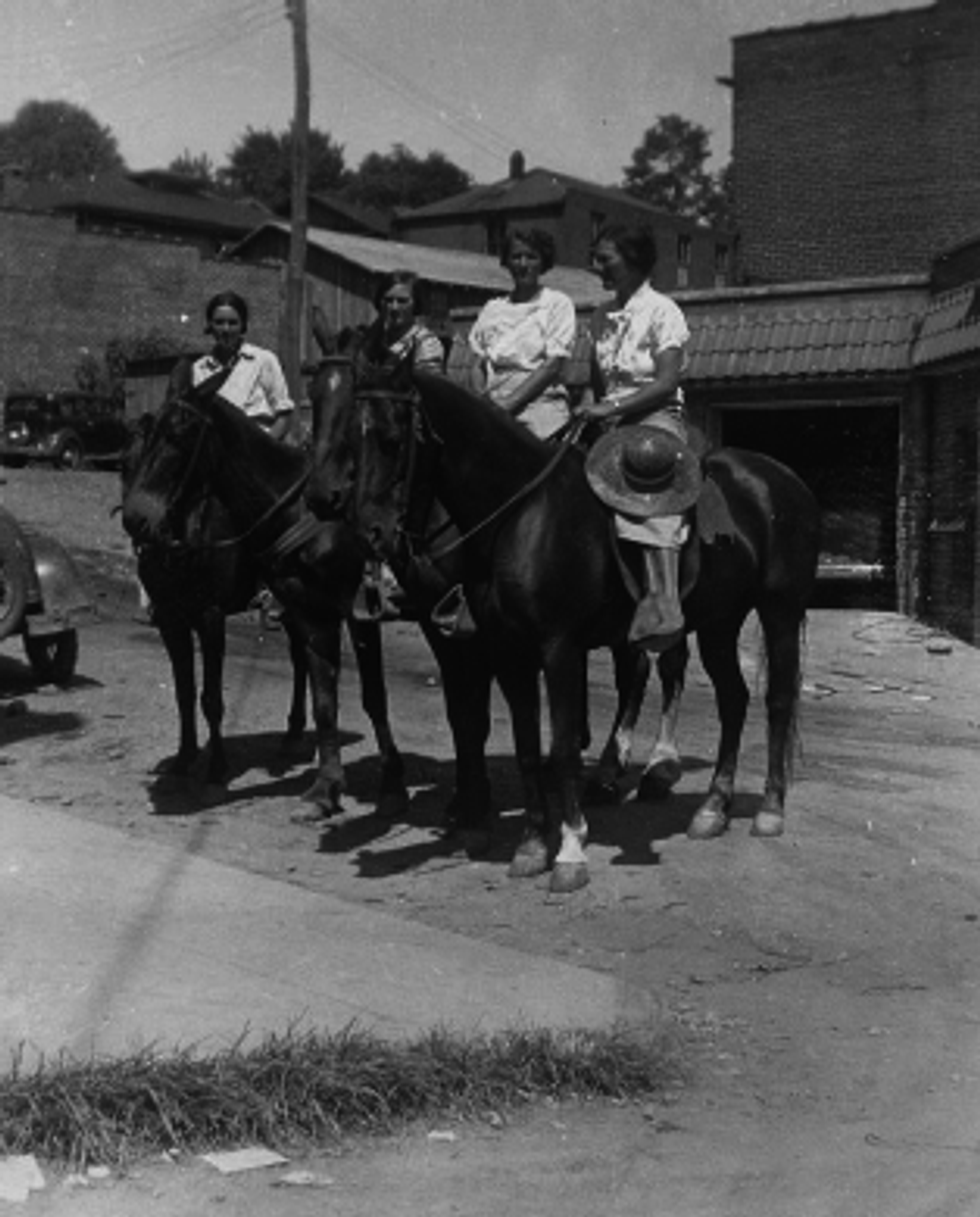
From 1936 to 1943, women were hired to become what became known as Pack Horse Librarians, bringing books to rural Kentucky, which at that point had high rates of illiteracy. By 1930, Smithsonian Magazineshares, approximately 31% of people in Eastern Kentucky couldn’t read. On a larger scale, according to historian Donald C. Boyd, not only did “63 percent of Kentucky's residents [have] no access to public libraries at the beginning of the Great Depression, most rural schools had no library, and schoolchildren in the Kentucky mountains rarely had the experience of taking home a book to read.”
Once the Pack Horse Library Project began, however, book donations poured in from all over the country. But it was not a job for the faint of heart–these women were tough and strong. The pay was $28 a month, about $500 today, and women either had to have their own horse or mule or rent one. Daily routes were about 18 miles, but sometimes became 100 to 120 miles a week, Smithsonian Magazine reports. This was not terrain that was easy to maneuver, either–there would be craggy, treacherous trails and flooding, snow and rain–but it had to get done. Even if something happened to the librarian’s noble steed, she would have to carry the books, which sometimes weighed up to 100 pounds, to their destination. If it got dark once they arrived, friendly citizens would put them up in their homes and they’d continue back the next day.
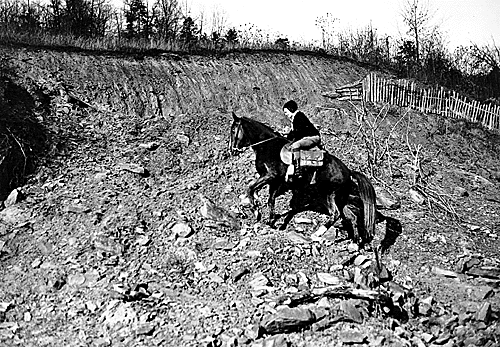
Interestingly, this was not the first time such a project had been undertaken. In 1913, a woman named May Stafford had made the journey through her home state on her own, and an effort from Berea College in Berea, Kentucky had tried to do the same in the years after. Nothing stuck, unfortunately, though people without access to books did want to learn how to read, even if some were skeptical at first. The women who arrived bearing books became beacons and were later known as the “Book Women.” Some would even stay and read to local adults who were ill, could not read themselves, or both. Children’s books were in high demand because as young people learned to read, they’d teach their parents as well. The librarians’ work reached some 50,000 families in 1936 alone. Because the Pack Horse Librarians needed a place to bring the books as well, local business owners often volunteered their spaces so libraries could continue to develop in person.
While the Pack Horse Library Project ended with the Works Progress Administration in 1943, it created both the desire for books and the fulfillment of educational needs in Kentucky. For the next 15 or so years, a fleet of bookmobiles flourished across the state. Kentucky has long been top-ranked for the country’s largest number of bookmobiles since then, too–in 2018, for example, it had 73. Pack Horse Librarians have also been immortalized in bestselling works of fiction likeThe Book Woman of Troublesome Creek by Kim Michele Richardson and The Giver of Stars by Jojo Moyes. These brave women traversed dangerous Appalachian trails to bring not just books, but hope, to thousands of people, creating a legacy of literacy that lasts today.
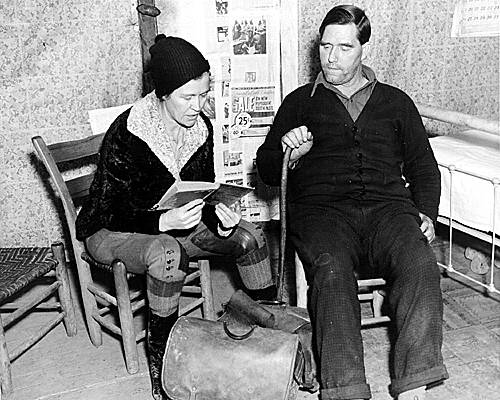
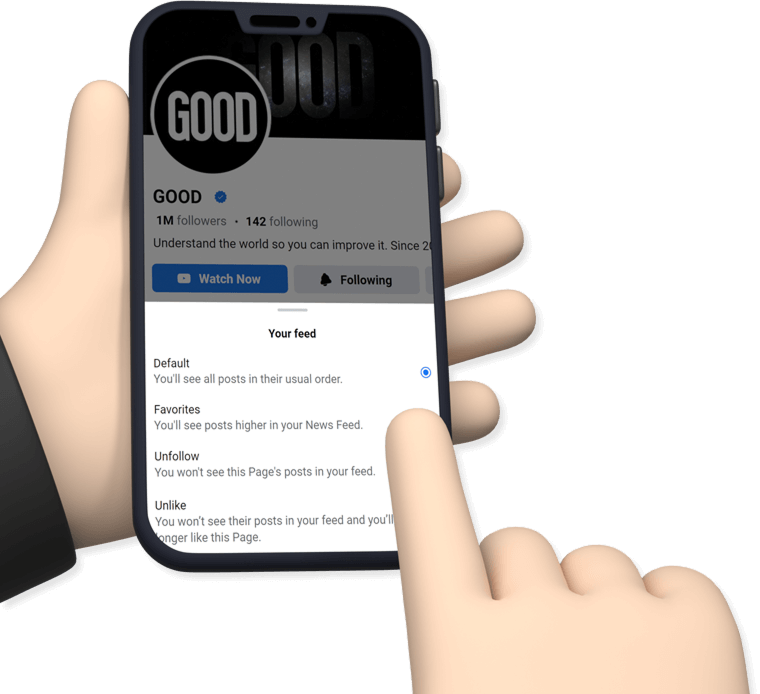






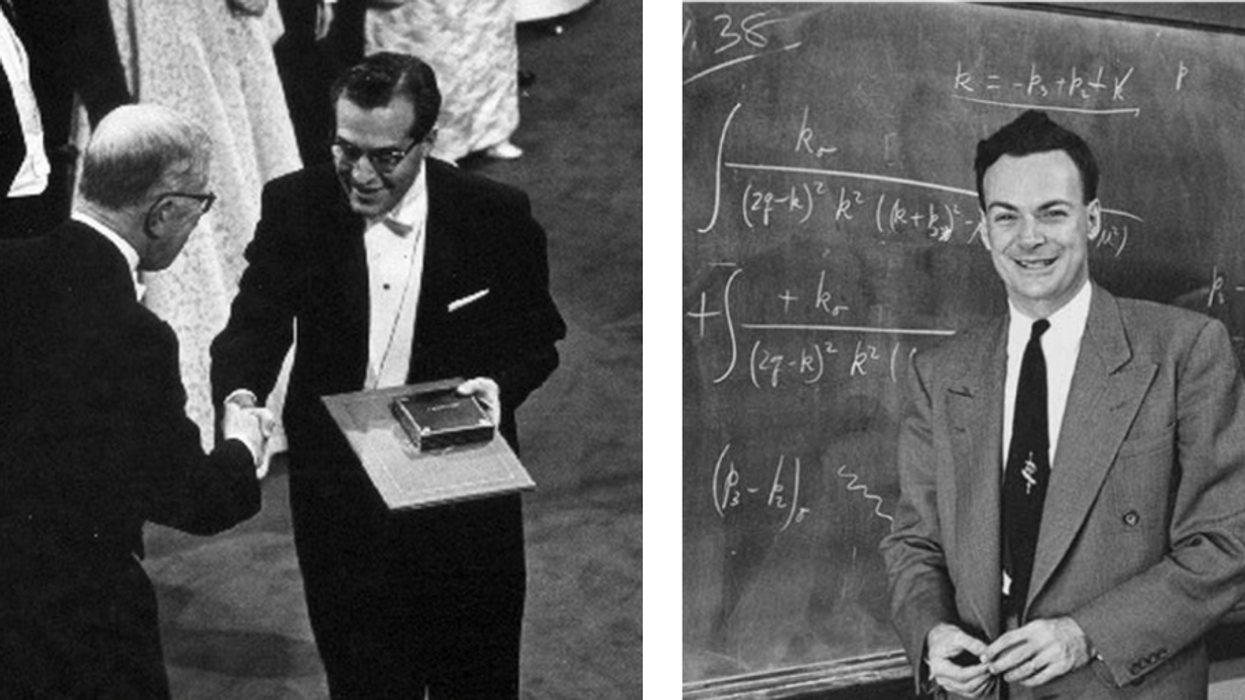
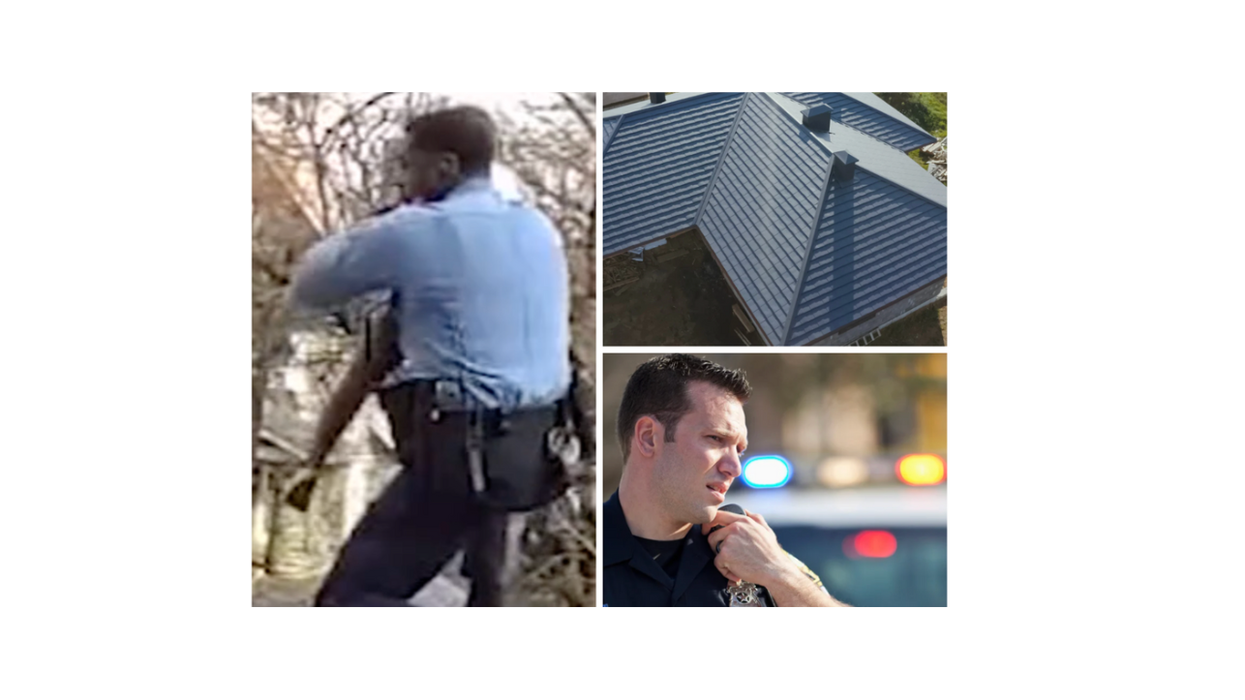





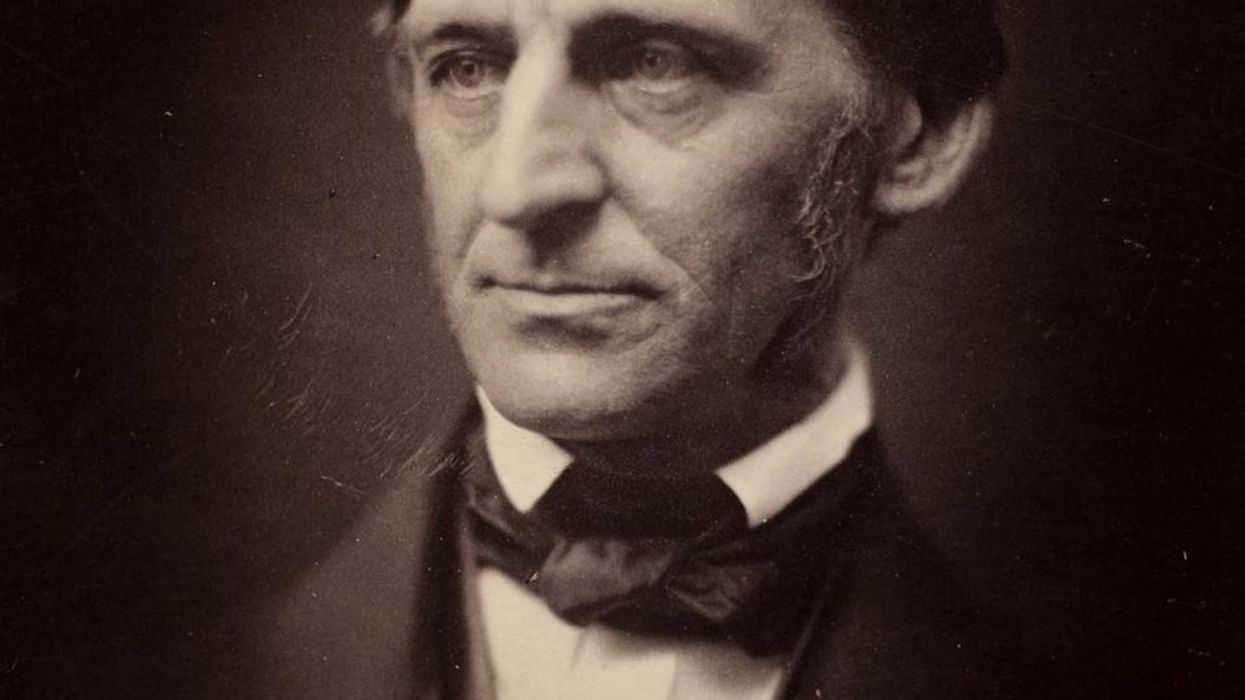



 Pictured: The newspaper ad announcing Taco Bell's purchase of the Liberty Bell.Photo credit: @lateralus1665
Pictured: The newspaper ad announcing Taco Bell's purchase of the Liberty Bell.Photo credit: @lateralus1665 One of the later announcements of the fake "Washing of the Lions" events.Photo credit: Wikimedia Commons
One of the later announcements of the fake "Washing of the Lions" events.Photo credit: Wikimedia Commons This prank went a little too far...Photo credit: Canva
This prank went a little too far...Photo credit: Canva The smoky prank that was confused for an actual volcanic eruption.Photo credit: Harold Wahlman
The smoky prank that was confused for an actual volcanic eruption.Photo credit: Harold Wahlman
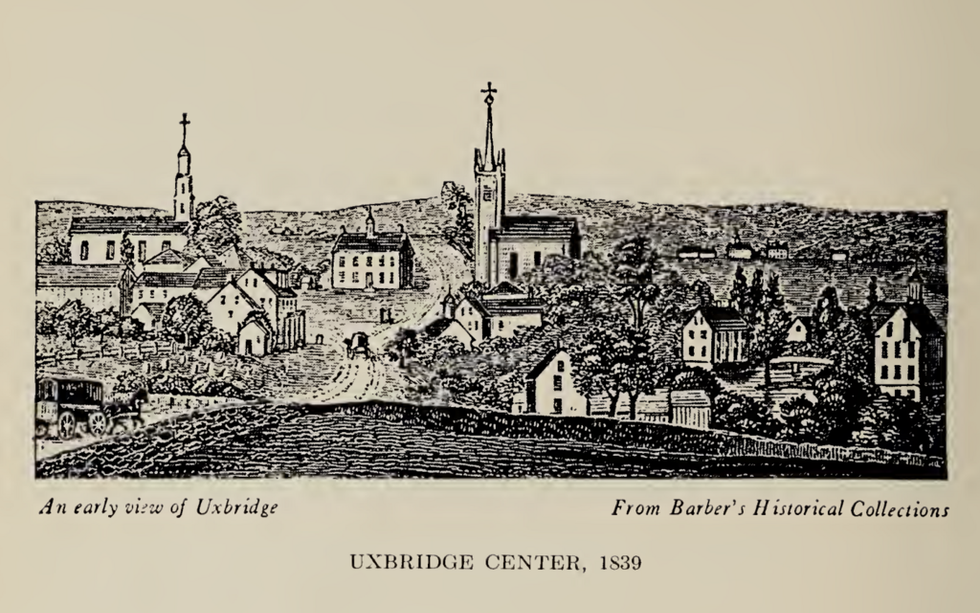 Fichier:Uxbridge Center, 1839.png — Wikipédia
Fichier:Uxbridge Center, 1839.png — Wikipédia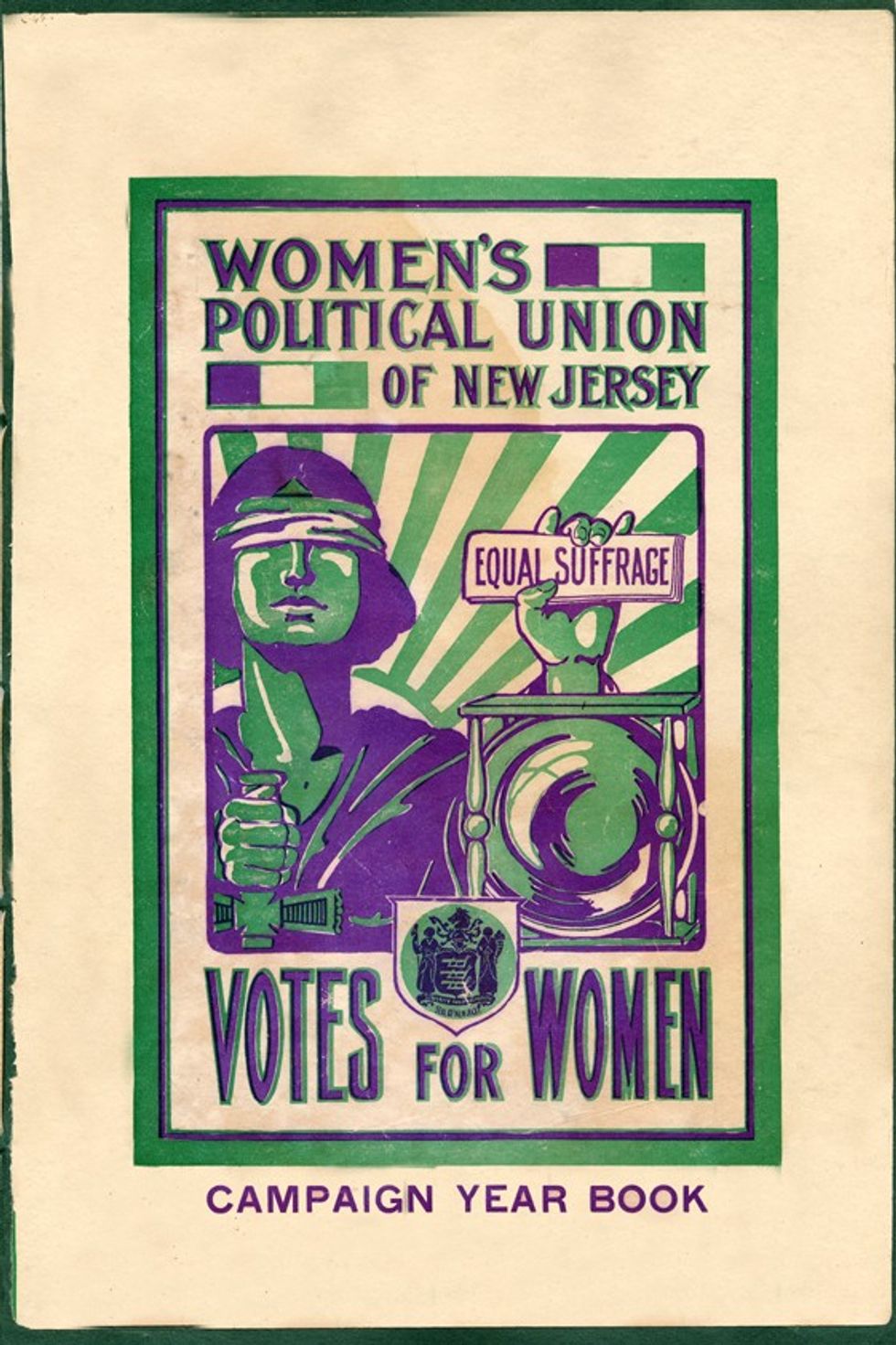 File:Women's Political Union of New Jersey.jpg - Wikimedia Commons
File:Women's Political Union of New Jersey.jpg - Wikimedia Commons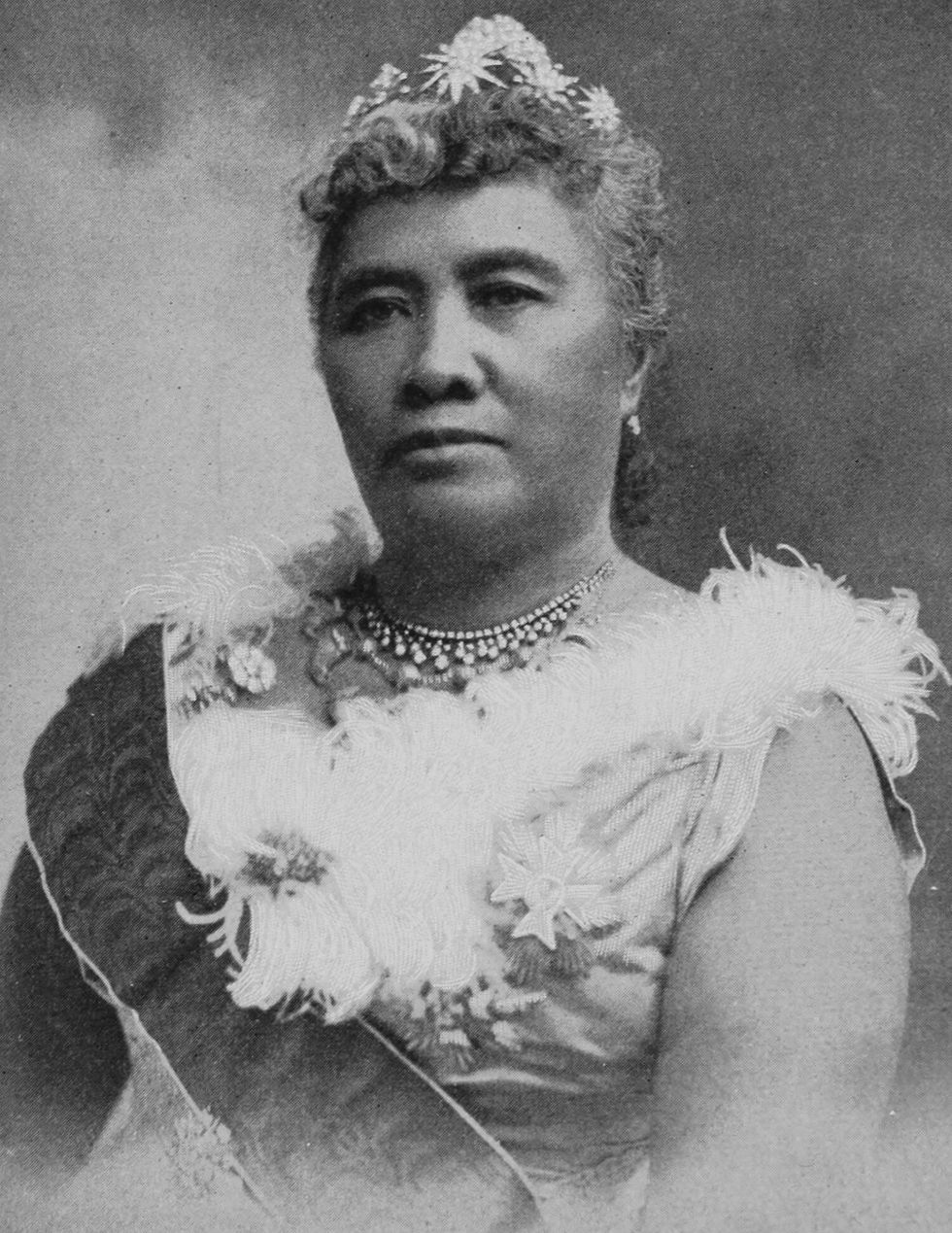 File:Liliuokalani, photograph by Prince, of Washington (cropped ...
File:Liliuokalani, photograph by Prince, of Washington (cropped ...
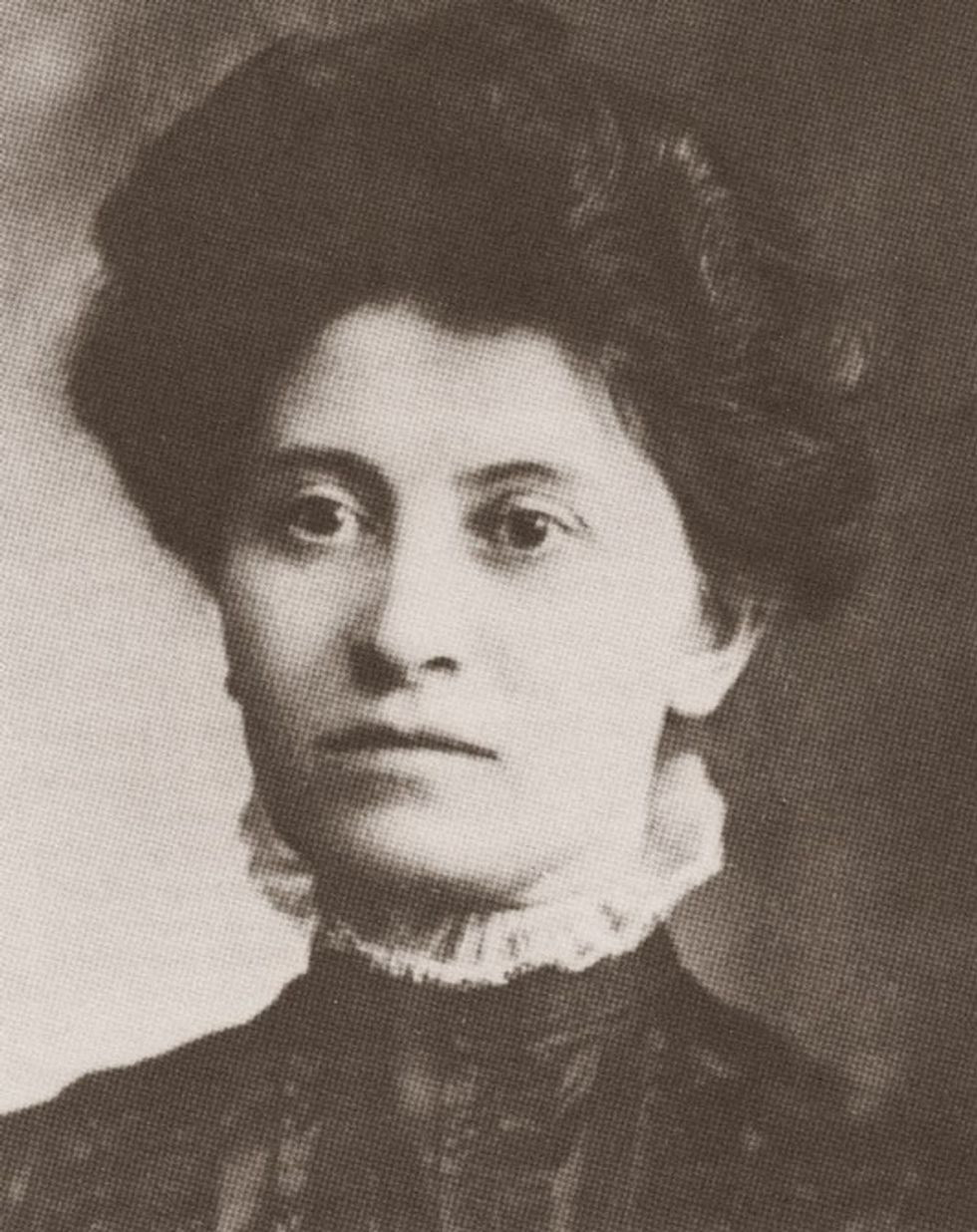 Theresa Malkiel
commons.wikimedia.org
Theresa Malkiel
commons.wikimedia.org
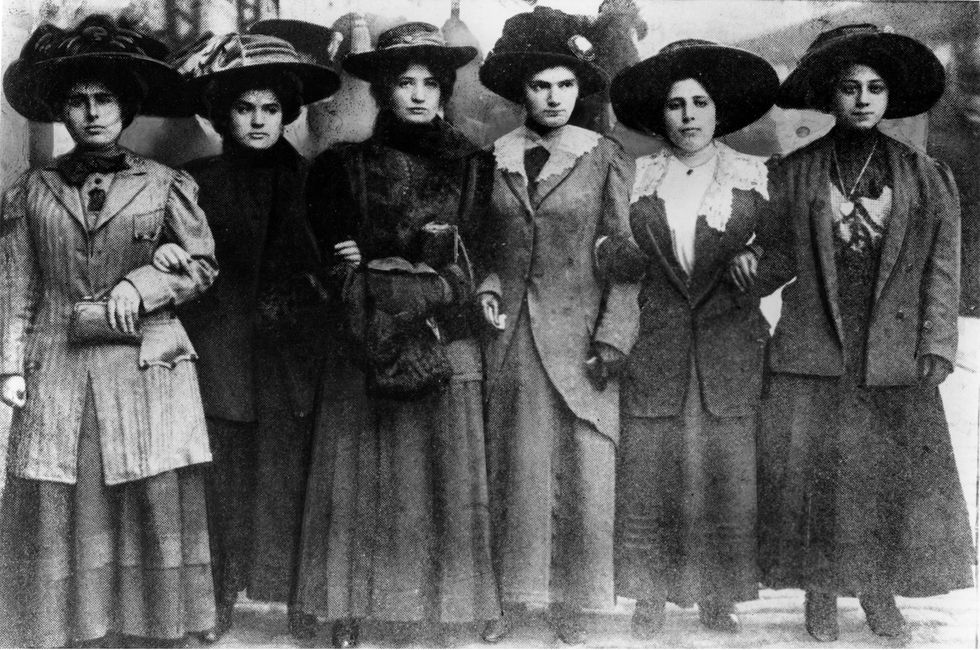 Six Shirtwaist Strike women in 1909
Six Shirtwaist Strike women in 1909
 U.S. First Lady Jackie Kennedy arriving in Palm Beach | Flickr
U.S. First Lady Jackie Kennedy arriving in Palm Beach | Flickr
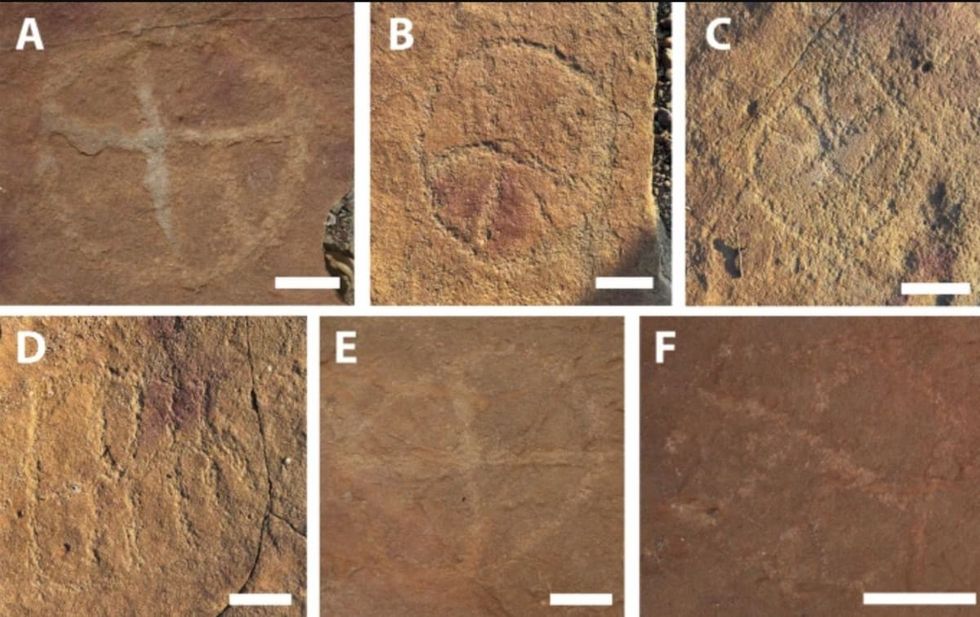 Image Source:
Image Source: 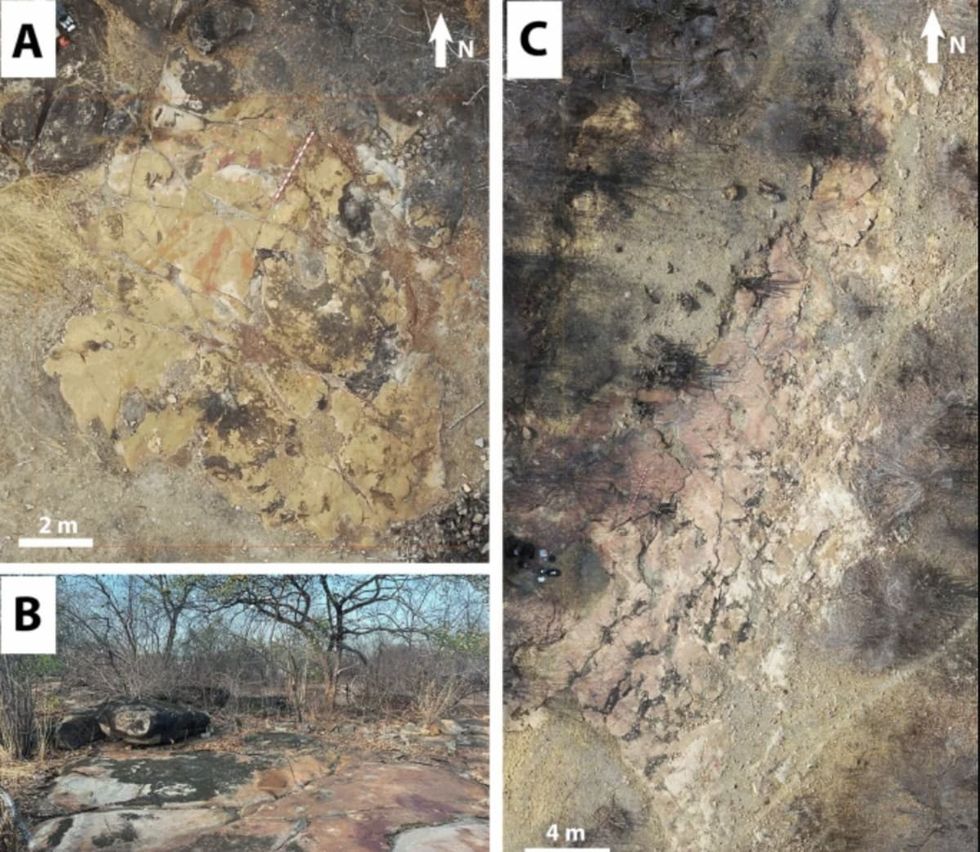 Image Source:
Image Source: 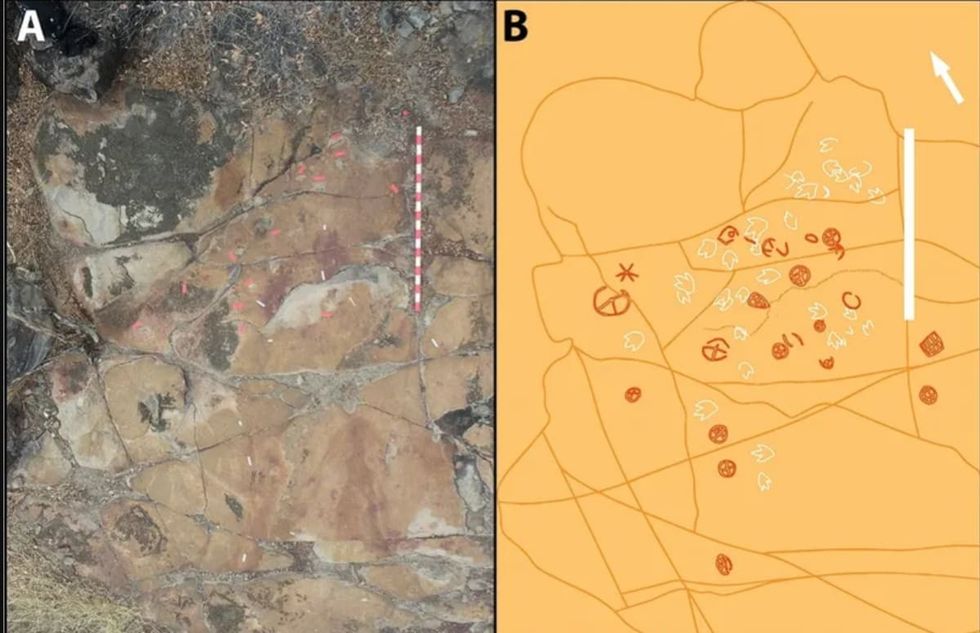 Image Source:
Image Source: 
